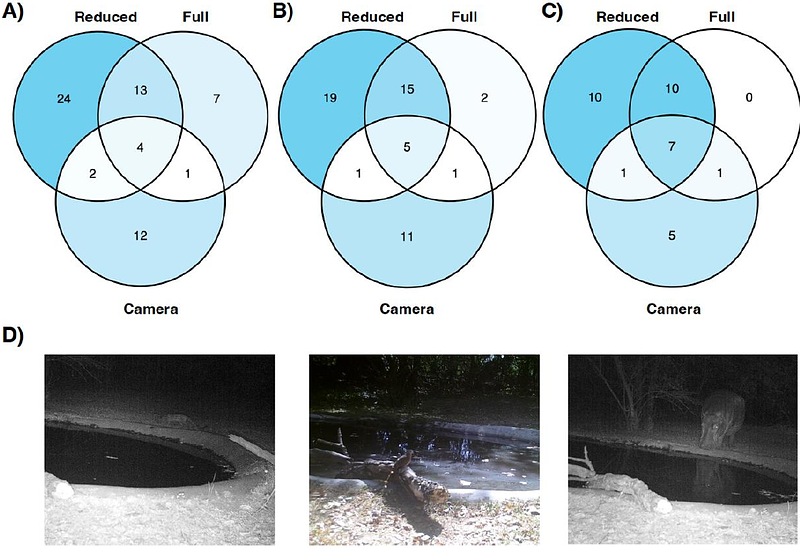Evaluation of nanopore sequencing for increasing accessibility of eDNA studies in biodiverse countries

Evaluation of nanopore sequencing for increasing accessibility of eDNA studies in biodiverse countries
Gygax, D.; Urban, L.; Ramirez, S.; Chibesa, M.; Simpamba, T.; Riffel, M.; Riffel, T.; Srivathsan, A.; Nijland, R.
AbstractBiodiversity loss is a global challenge of the 21st century. Environmental DNA (eDNA)-based metabarcoding offers a cost- and time-efficient alternative to conventional biodiversity surveys, enabling detection of rare, cryptic, and elusive species from environmental samples. However, limited access to genomic technologies restricts the application of eDNA metabarcoding in highly biodiverse remote regions and low- and middle-income countries. Here, we directly compared the latest portable nanopore sequencing methods with established Illumina sequencing for vertebrate eDNA metabarcoding of Zambian water samples. We also evaluated cost-effective versus established water filtration approaches, and contrasted a comprehensive, computationally intensive taxonomic database search with a streamlined, manually curated database search. Our results show that due to recent improvements in sequencing chemistry and optimized basecalling, nanopore sequencing can recover many of the species detected by Illumina sequencing, demonstrating the feasibility of in situ biodiversity assessment using portable platforms. We, however, found that highly accurate Illumina sequencing remains superior in the quantity of taxonomic detections, and that eDNA- and camera trap-based species detections had minimal overlap, suggesting a complementary rather than substituting application of these biodiversity monitoring technologies. Finally, our findings underscore the role of database completeness for taxonomic assignments, emphasizing the need for high-quality ecosystem-specific reference databases in eDNA research.